While many people still got no idea what is Web3, Jack Dorsey, CEO of Block, continues to confuse the world with his latest idea, Web5. Is this a joke, or is this the “most important contribution to the internet“? I have been talking with all my friends and colleague about Jack’s Web5 and still can not get my head around this new concept, turn out, it's pretty straightforward: "(Web 2), (Web 3) -> (Web 5)". In this article, I will try to share my thoughts on Web5 and why we should care.
Web 1.0 to 5.0 - A brief history of the Web
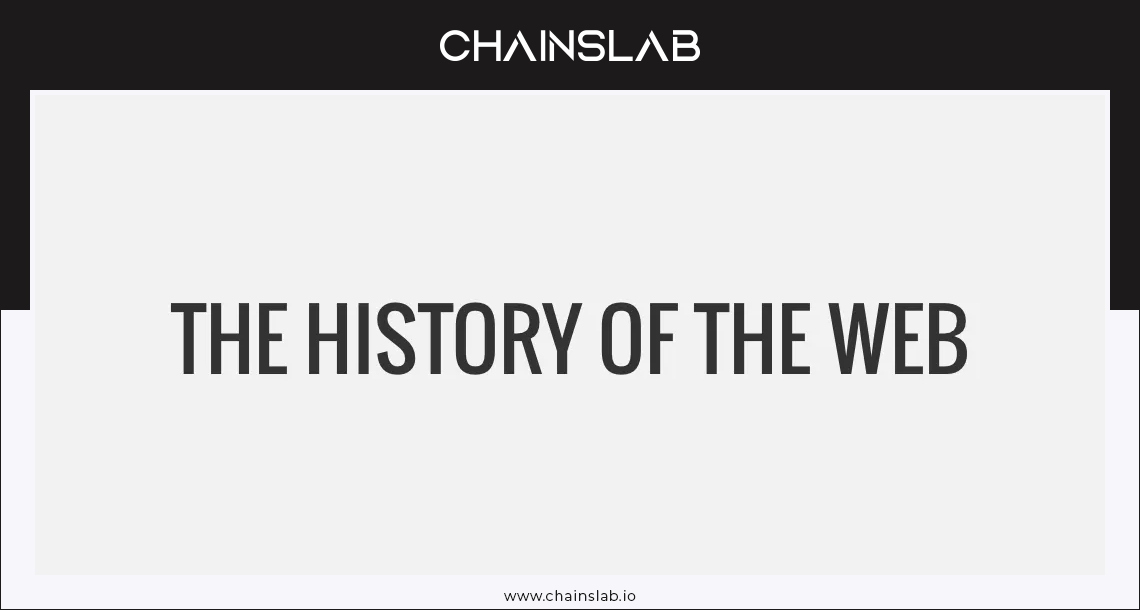
Recently, Jack Dorsey’s company, TBD has announced plans to create a brand new decentralized web platform called “Web5” on the Bitcoin network. While many people still can not get their heads around Web3, this new concept continues to confuse the world.
One thing is for sure, we are nowhere near the fourth revolution of the web, not to mention the fifth. But why does Jack call it Web5? There are reasons behind it, and to understand it you will need some knowledge about the history of the Web, from Web 1.0 to 5.0.
In the early days of personal computers, you could not send files from one computer to another. You needed to save a file on a floppy disc, walk over to the person who needed the file, and copy the file onto their computer so they could use it. If you can not walk over, you would need to go to the post office and mail the floppy disc to them.
The emergence of the Internet Protocol (IP) put an end to this, connecting all those stand-alone computers with a data transmission method that made the transfer of data faster and cheaper.
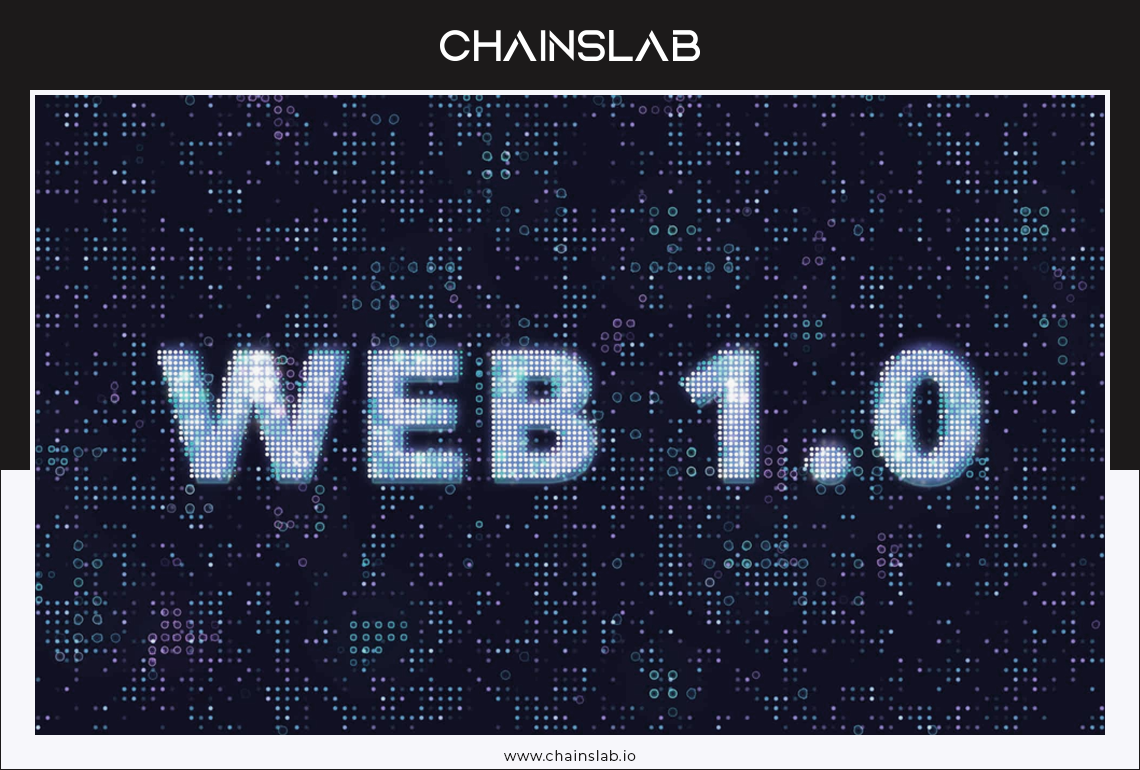
Web 1.0 - The Read-Only Web
Tim Berners – Lee, a British scientist, first invented the World Wide Web (WWW) in 1989. In his vision, the internet is destined to become a “Utopian,” where people can access the best information at any time.
In this era, websites were created and used just to display information. They had no interaction capabilities. The primary function of Web 1.0 sites is Read-only - a web that was not interactive in any meaningful sense, as the technology and internet infrastructure was basic at the time.
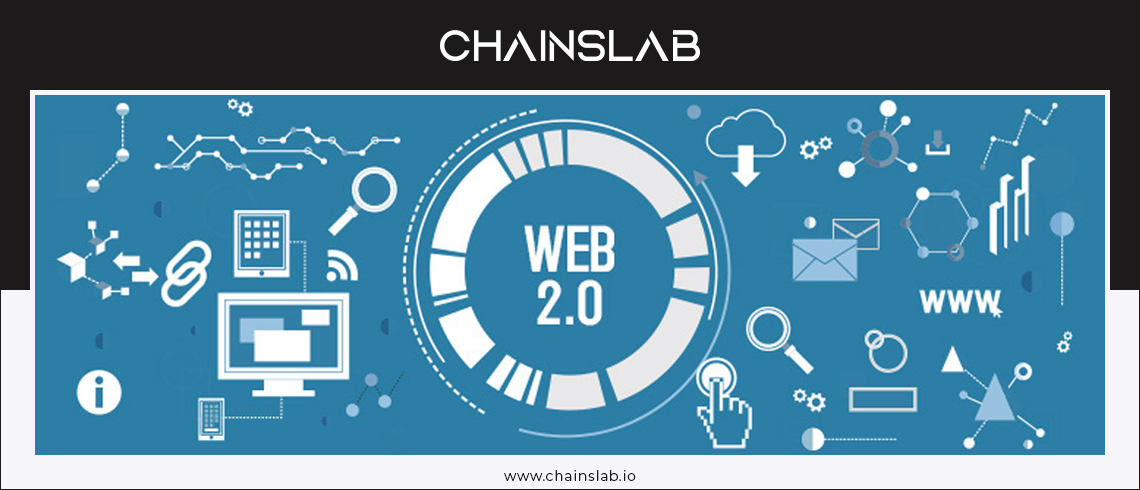
Web 2.0 – The Read-Write Web
Ten years later, the Internet became more mature and programmable. We witness the Web 2 revolution that brings producers and consumers of information, goods, and services closer together. That led to the rise of social media, e-commerce, and knowledge platforms.
Web2 allowed us to enjoy peer-to-peer (P2P) interactions on a global scale, but always with a middleman: a platform acting as a trusted intermediary between two people who do not know or trust each other.
That middleman is a Single Point of Failure and became the primary problem of Web2. While these Internet platforms have done a fantastic job of creating a P2P economy, they also dictate all the rules and control the data of users.
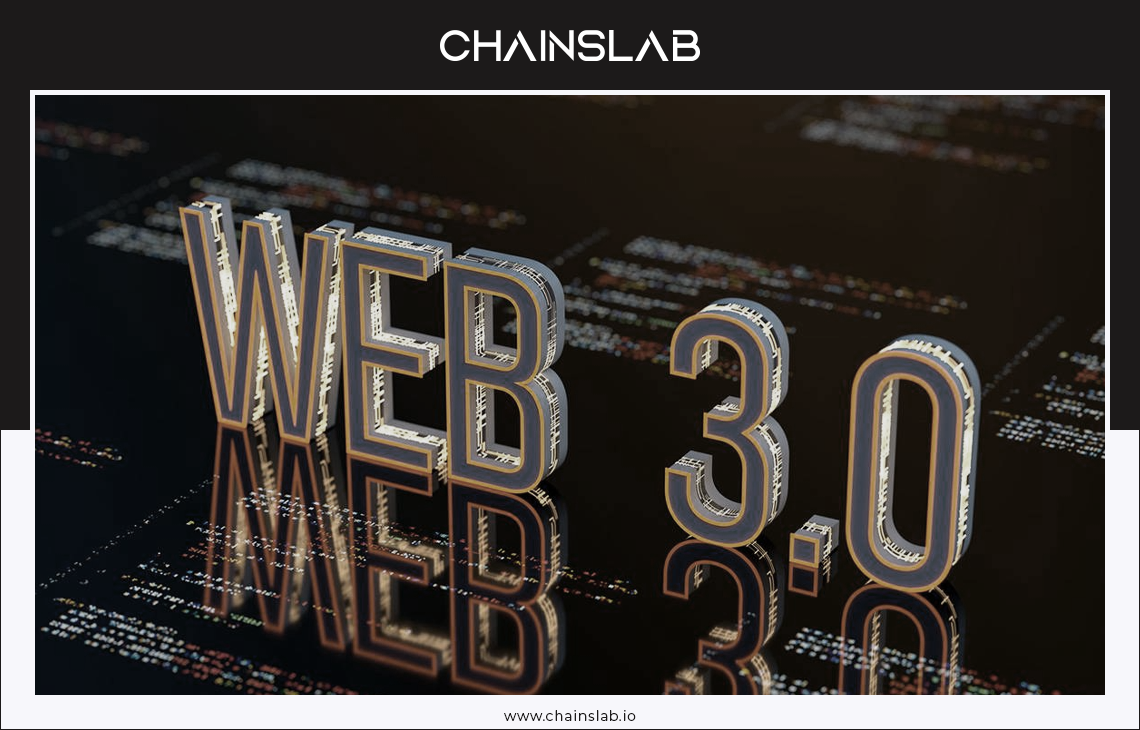
Web 3.0 – The Read-Write-Execute Web
Web3 reinvents the way that data is stored and managed over the Internet, providing a unique set of data—a universal state layer—that is collectively managed by all nodes in the network. This unique state layer, for the first time, provides a native value settlement layer for the Internet without intermediaries. It enables true P2P transactions, starting with the emergence of Bitcoin.
Web2 was a front-end revolution, and Web3 was a backend revolution. The Web3 reinvents how the Internet is wired in the backend, combining the system functions of the Internet with the system functions of computers.
The Web3 represents a set of protocols, with distributed ledgers as their backbone. A P2P network of computers collaboratively manages data. The management rules are formalized in the protocol and secured by the majority consensus of all network participants, who are incentivized with a network token for their activities.
Web3 formalizes the governance rules of the network and ensures that people who do not know or trust each other reach and settle agreements over the Web.
So, what did Web5 revolutionize?

Web 5.0 - An extra decentralized web platform
Friday, June 10th, 2022, marks the day Jack Dorsey unveiled his vision for Web5.
Jack is serious about this, and he even makes a PowerPoint presentation! It was uploaded to Google Drive and had a very original name: "Web 5", with the subtitle "The Decentralized Web Platform,” all in a yellow-on-black hip hacker-themed font.
Here is the presentation: Decentralized Web Platform - Public
Quote:
"The Decentralized Web Platform (DWP) enables developers to write Decentralized Web Apps (DWAs) using Decentralized Identifiers (DIDs) and Decentralized Web Nodes (DWNs), returning ownership and control over identity and data to individuals <-- We are calling this Web5."
Not everyone agrees with Dorsey's vision. Some agreed with the idea of a generation of decentralized Internet, without the presence of venture capital firms or crypto projects. While others are skeptical.
Some say that Jack is simply changing the name Web3 to Web5. Some questions “What happened to Web4?”. And some even start working on Web6.
This shows that the future of the Internet, including Web3 and Web5, has not really taken shape yet, and people will continue to debate about it.

In my view, Web5 is just a weird combination of Web2 and Web3, it is certainly not Web2 + Web3 = Web5, as some newspaper coverage. And it should be called Web 3.5 because it’s not the fifth revolution of the web, it’s simply the next level of Web3.
Explaining Jack Dorsey’s Web5 Concept

What so bad about Web2 and Web3 that lead to the creation of Web5?
The Internet we have today (The Web2) is broken. We do not control our data, nor do we have a native value settlement layer. Thirty years into mass adoption of the Internet, our data architectures are still based on the concept of the stand-alone computer, where data is centrally stored and managed on a server, and sent or retrieved by a client.
Every time we interact over the Internet, copies of our data get sent to the server of a service provider, and every time that happens, we lose control over our data. As a result, even though we live in an increasingly connected world, our data is mostly centrally stored: on local or remote servers.
This raises issues of trust. Can I trust those people and institutions that store and manage my data against any form of corruption—internally or externally, on purpose or by accident? Centralized data structures not only raise issues of security, privacy, and control of personal data but also produce many inefficiencies along the supply chain of goods and services.
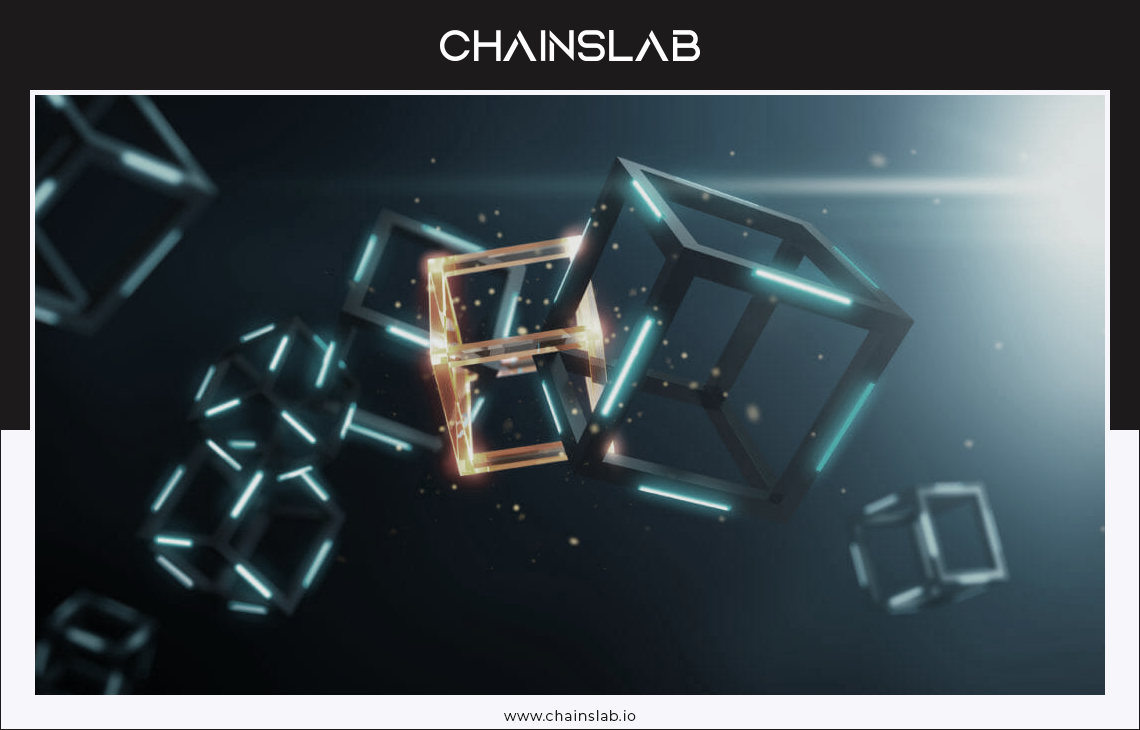
Web3 comes to the rescue. In non-tech words, Web 3.0 removes the middleman, the intermediaries. Web 3.0 points to a more transparent, decentralized, and fair web, which is better than an Internet controlled by a handful of mega-corporations.
Web3 broadly refers to the next chapter of the Internet, where the apps and services people use are radically restructured to run on blockchain technology instead of company-owned platforms, meaning their inner workings are made more transparent. Content creators have opportunities to take a slice of the proceeds.
How can Web3 do that? By introducing the Consensus Algorithm and incentive network participant with tokens.

But that is not enough for Jack, as he tweeted last December: “You don’t own “web3.” The VCs and their LPs do. It will never escape their incentives. It’s ultimately a centralized entity with a different label.”
True, he has a point. What we are doing now with Web3, for example, with Binance, we have eventually centralized the Decentralized Finance.
Web5 is a complete vision for a truly decentralized web and is being worked on by TBD, a subsidiary of Block. The only mention of blockchains or crypto on the project's website is a subtle reference to ION, which is a digital identity network that runs on Bitcoin.
Dorsey is serious. His vision is to build this version of the web using Bitcoin and a bunch of non-blockchain tools — forgoing the many VC-backed blockchain tokens vying for a place in Web3.
There is no official release date for Web5 or TBD’s Web5 yet. But the main concept is a “Decentralized Web Platform (DWP) that enables developers to write Decentralized Web Apps (DWAs) using Decentralized Identifiers (DIDs) and Decentralized Web Nodes (DWNs), returning ownership and control over identity and data to individuals.”
What problem does web5 solve?
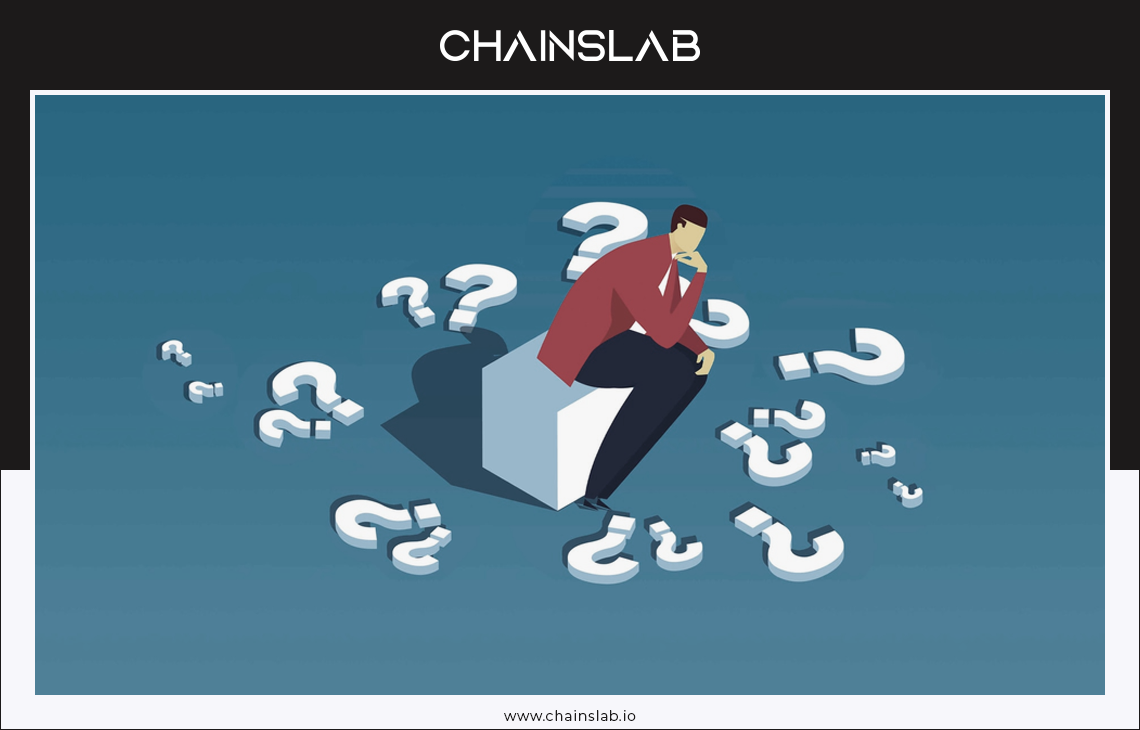
Apart from centralization, Web 2.0 is actually great; that is why we have used it for so long time. Only 1-2 years ago, when the public began familiar with crypto and well educated on the downfalls of centralization, they saw Web 3.0 as a solution to avoid big corporations dominating the world and taking over their personal data.
The two problems that Web3 is solving are Personal Privacy and Asset Ownership.
But what if these problems do not exist? I mean, Web3 is doing a great job protecting your private data. But with some common data like my typical browsing history of “What is Blockchain”, “What is 1+1”, “How does Google work”…etc, then using Web3 is just a waste of time and resources. In that context, the tools that Web3 offers do not add any extra value to my experience. And when Web3 is not needed, things will stay at Web2, they do not need to advance to the next level.
That led to the fact that in the future, only a few things (mostly related to value transactions and private data) will be Web3, and the rest is Web2. If we assume this is true, the future will look like this: You will need to jump back and forth between Web2 and Web3 to use the Internet. That is not efficient nor pleasant to use.
That is why we need Web5, a truly decentralized Internet, either developed by Jack Dorsey’s TBD or anyone else. We need one completed decentralized P2P Internet. We need a combination of Web2 and Web3. An Internet that runs by you, is controlled by you, and served you.
Dorsey and TBD claim to be interested in seeking a truly decentralized internet without the ability for actors like venture capitalists to come in and consolidate control or wealth—the primary way they currently do this is through issuing or investing in tokens, which TBD’s Lead Mike Brock claims Web5 will not do.
How does Web5 by Jack Dorsey work?
As he presents in his black and yellow pitch decks, the core pillars of Web5 included: Decentralized Identifiers, Verifiable Credentials, and Decentralized Web Nodes.
The decentralized Identifiers layer is the core structure of this architecture. Users generate and own their unique DIDs; from that, they can choose to share any piece of their data with the DWN or DWA. This is not a one-time action, users can also choose to turn the sharing off. They got complete control over their ID. Users’ Decentralized Identifiers are the base layer, they are the on that create this concept of the Web.
The Web5 Network will be a network of Decentralized Web Nodes. Each Web Node represents an individual user. Decentralized Web Nodes work like a virtual middle man, but they obey your every command and are triggered by Relay Mechanic. For Web3 lovers, this DWN looks like your address, your public key, everyone knows your public key, but only you have the private key.
Decentralized Web Apps are built on top of all that. This means companies, or developers built the app, and can not have access to personal data. Users are in control now. If we need your apps, we will let you know, thanks.
This architecture help solve the inefficiency of Web3 Blockchain when it comes to storing data. In Web5, you will not need to store your data on a server or on a Blockchain. Your data is stored on your local devices and the DWN that you own.
One more thing, with this structure, the bigger the network, the faster the transmission. Because a bigger network has more computing power.
This has nothing to do with the blockchain but still can solve the centralized problem of Web 2. It works like a P2P network with no token to incentive users. This might sound crazy, why would someone use it without the incentive? Well, we are still using P2P networks like Torrent. We are using this because of our own interests.
Mike Brock, TBD Lead, has spoken before: “Web5 works without bitcoin. The only place our specs directly touch bitcoin are through ION, which uses bitcoin for securing DIDs. But even then, you can do DIDs without ION, which uses bitcoin and IPFS. We think it's a really great and secure anchor.”.
But what if I need to send money? How will this secure my transaction?
The answer is using Bitcoin. And then you get verified with the Verifiable Credentials. That’s simple.
TL;DR
- Web5 is a combination of Web2 and Web3.
- Web5 is a true decentralized P2P Network. You can interact with other people without the need for a middle man.
- You use your DID with any application of your choice, just like Web2 but minus the need for third parties.
- Web2-like applications work perfectly fine on Web5 without the need for Blockchain technology.
- When it comes to secure transactions, you will use Blockchain technology (in this case, Bitcoin and some addons).
Web5 Topology looks like this:
To a user, it’s pretty simple to use Web5. You generate your DID (Decentralized Identifier), own it, and take it with you. You can give someone your ID so they can contact you, send you a message, or even Bitcoin, but only you are in control of what to do with your ID.
Let’s say Alice wants to message BoB on Web5:
1. Alice gets Bob’s DID from the DID Resolver.
2. She sends the message to Bob’s address (or remote Decentralized Web Node), including Bob’s DID.
3. Bob’s remote DWN recognized Bob’s DID and accepted the message.
4. Then Bob’s Local DWN receives the message.
5. If Bob chooses to respond to that message, he will need to do the same process.
Jack Dorsey’s Web5 Drawbacks
Web5 by TBD is quite impressive, but it has a few drawbacks. And since it has not been released yet, we can’t have a deeper conversation about this, here are some things that are bugging me and I’m still trying to figure out.
First, Users’ DIDs and VCs are attached to other third parties (like ION, ACME Bank… etc). Does this make your Web5 centralized in the first place?
Second, Web5 uses Bitcoin as the value settlement layer, but the price of Bitcoin or any other coin is volatile (even some of the stablecoin). How can they solve this issue?
Third, if there are frauds, by accident or any means, who will be the validator when Web5 has no incentive for validators?
Closing Thoughts
Web5 by Jack Dorsey’s TBD is new, fresh, and brilliant ideas. He simply takes what is good about Web2 and Web3, minus the bad stuff, combines them together and creates a brand new version of the Internet.
With what Jack has presented, I personally think this could work. But it will take time to develop and it takes time for people to accept this idea.
After all, we, human is the most adaptive creature in the world. We can bare with Web2, go with Web3 and even accept Web5. Why choose one side when you can have it all.
